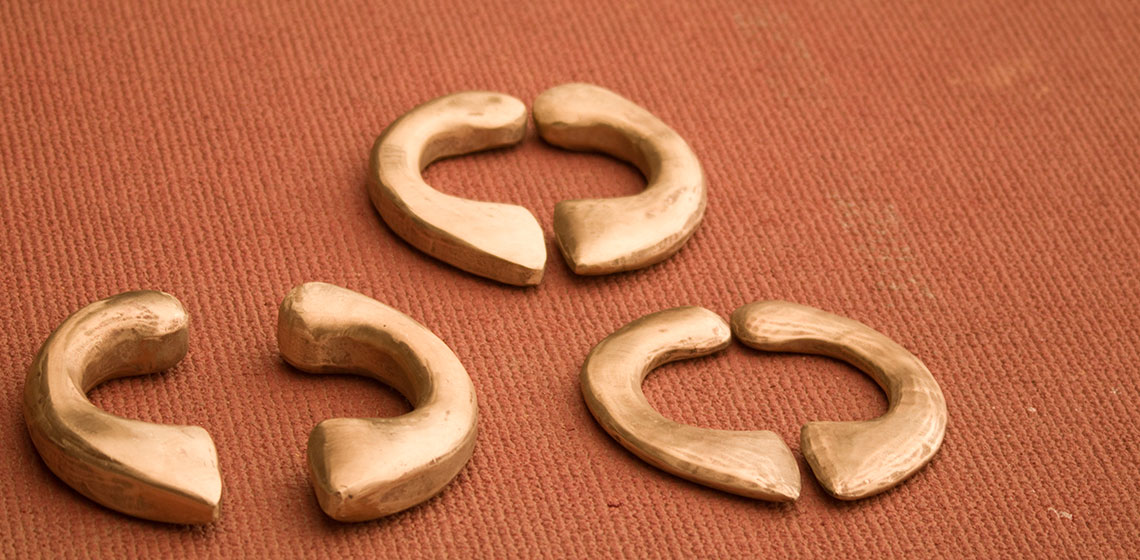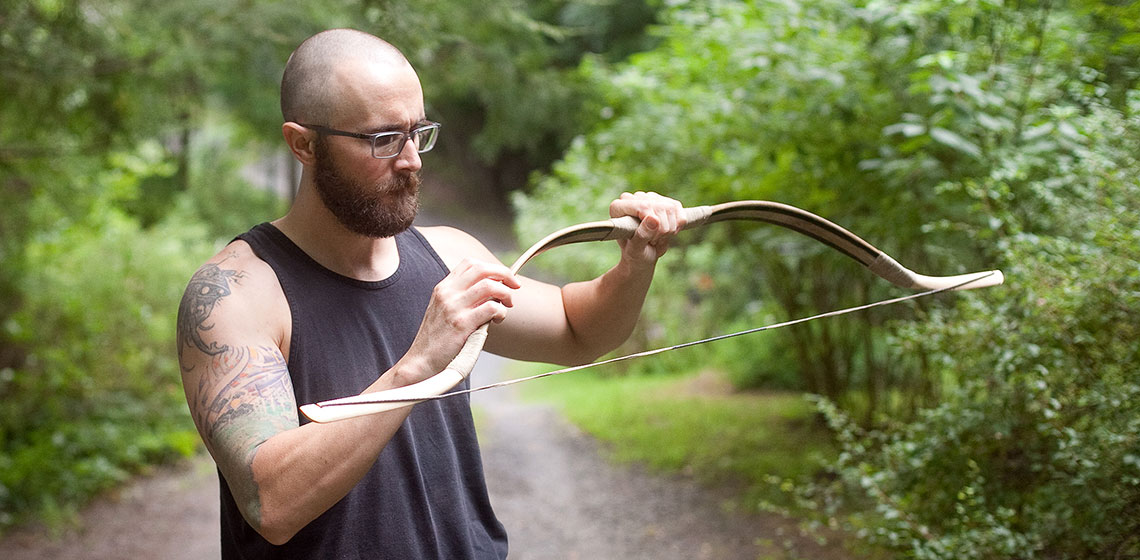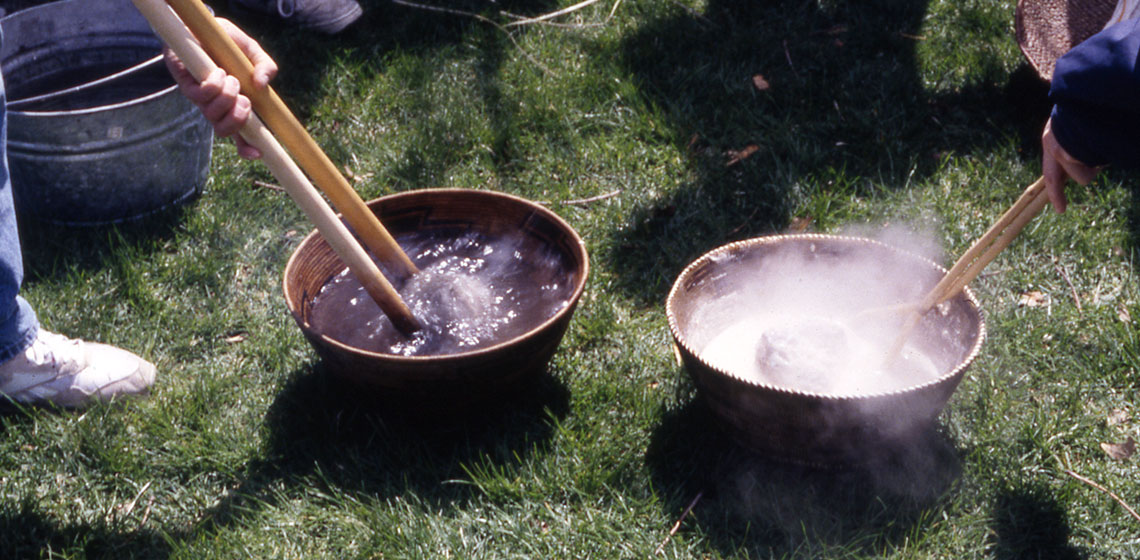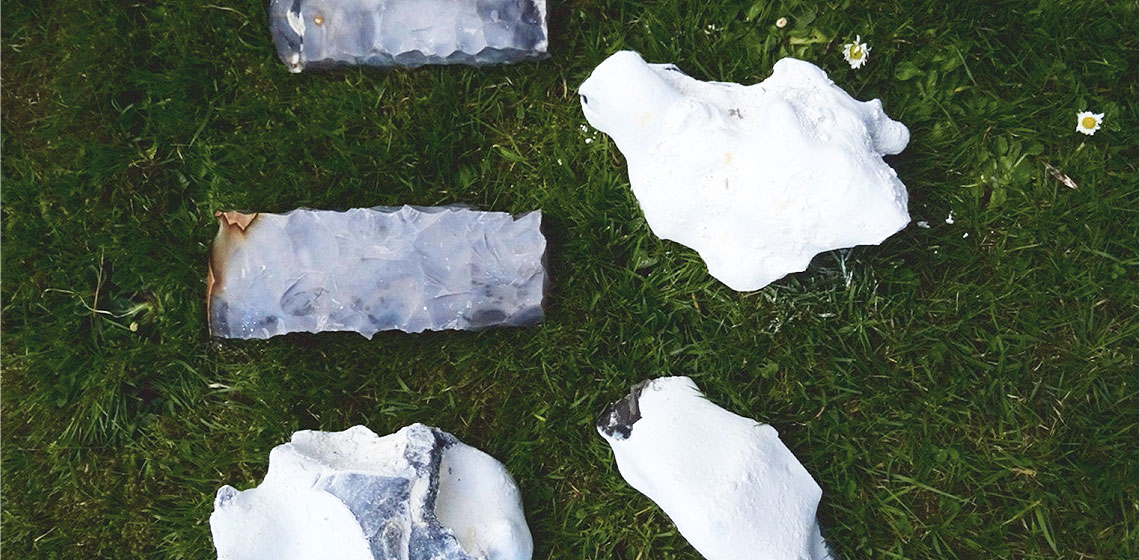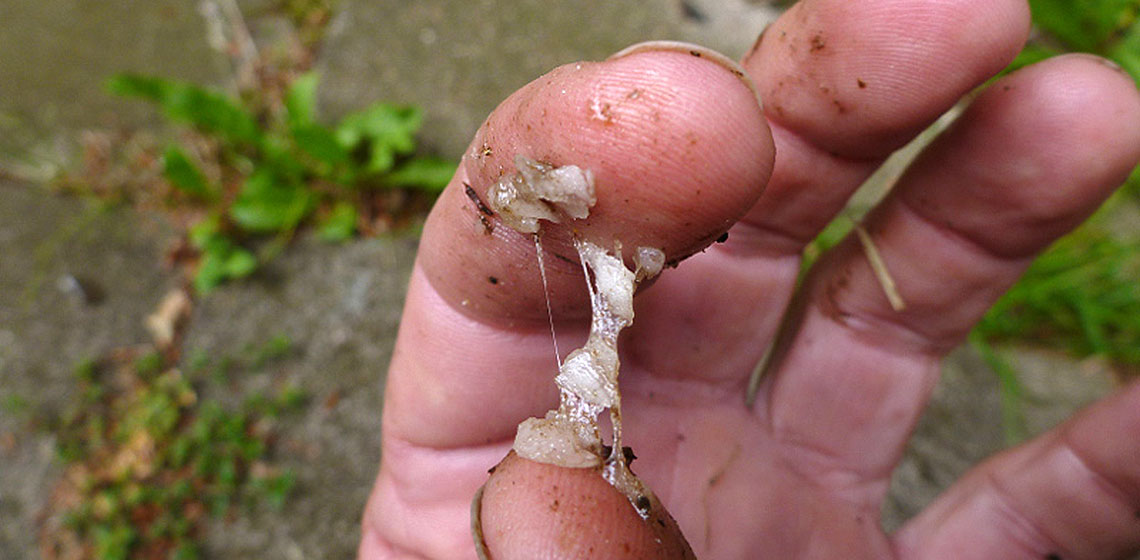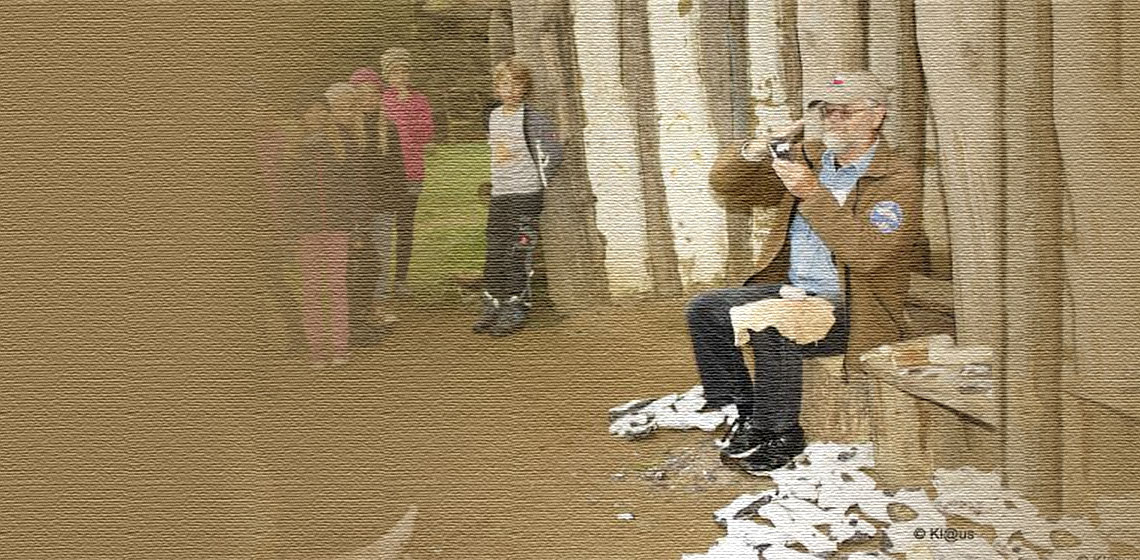Ancient Technology
The Modern Reproduction of a Mongol Era Bow Based on Historical Facts and Ancient Technology Research
Reconstruction of the Geometric Décor Technology of the Bronze Age Ceramics in Siberia
Cooking in Baskets Using Hot Rocks
Recycled Flint Cores as Teaching Tools: Flintknapping at Archaeological Open-Air Museums
The Role of Saltmarsh Plants in Iron Age and Roman Salt Production in the Thames Estuary, UK
Needlework the Pazyryk Way?
My work has been inspired by some of the most remarkable textile finds - those in the Pazyryk kurgans (burial mounds) - specifically the felt shabraks (horse blankets). The detailed, intricate designs of these items are achieved by appliquéing felt on felt (sometimes leather is used) in a manner that adds both decoration and strength (See Figure 1) and is still used among the steppe-land nomads (Barber 1991, 220).
Experiments on Possible Stone Age Glue Types
Experience with Building Mesolithic Huts in the Stone Age Park Dithmarschen in 2014
***Two new huts in the Stone Age Park Dithmarschen in Albersdorf (Germany) were built in spring 2014 by the Experimental Archaeologist and Educator Werner Pfeifer with the support of some friends and with financial support from the Stone Age Park Dihmarschen and the EU co-financed project OpenArch.
Knapping Skill Assessment
***This article is derived from a presentation made by the senior author at the OpenArch Conference "Working with stones in European Pre- and Proto-history in theory and in practice" organised by the Archaeological-Ecological Centre Albersdorf (DE), 23-27 September, 2013.
